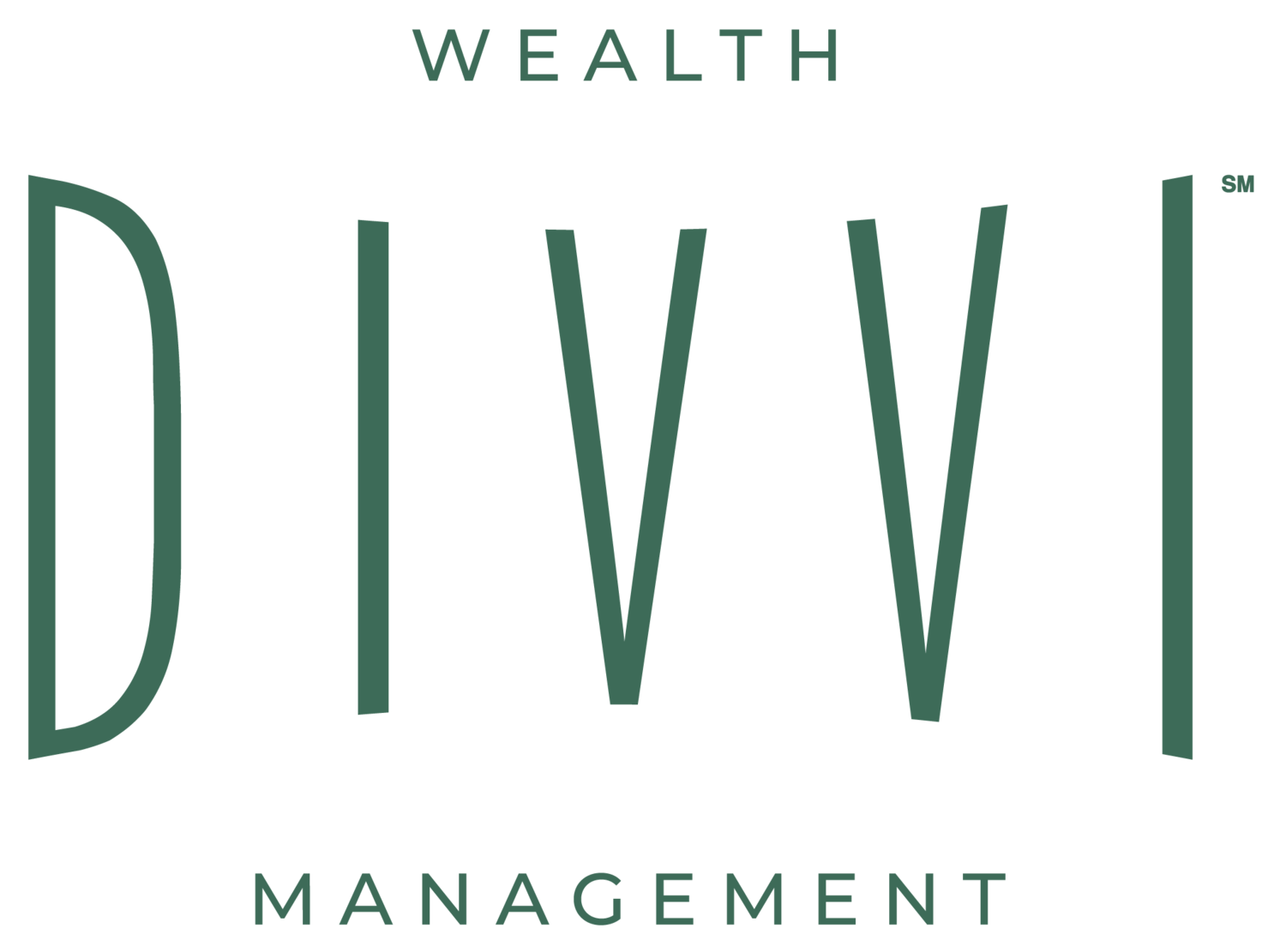Wait. Bonds Are Down, Too?
It’s been said that the only free lunch in investing is diversification.
Well, apparently inflation has impacted this, too.
Stocks have struggled so far this year, losing about 20% or so, depending on the market and part of the world in question.
In years like this, many investors would expect some protection from other parts of their portfolio, and from bonds in particular.
However, with rates moving higher and recession fears mounting, there have been few places to hide in traditional fixed income [1]. We pulled year-to-date performance for a variety of fixed income indexes. Here are the numbers:
Aside from leveraged loans, each of these indexes is down at least 10% so far this year. Long duration US Treasuries are down nearly 30%, and that’s before we think about taxes and inflation. Ouch.
This is actually the first time since 1994 that all of these fixed income categories have been negative in the same calendar year[3]. The chart below compares 2022 year-to-date returns to 1994. Keep in mind, we still have over three months left in 2022 and plenty could change between now and year-end. The 2022 figures are through September 22.
I would like to highlight two notable differences between 1994 and 2022. First, stocks weren’t down 20% in ‘94! Look at the blue bars on the far right side of the chart. US markets were close to flat in ‘94. Foreign stocks as a group performed pretty well, returning about 7%[2]. Second, starting yields were much higher, offsetting some of the price declines from a total return perspective. The yield on the 10-year US Treasury at the beginning of 1994 was nearly 6%, compared to just over 1.5% in January 2022.
So, how should an investor think about fixed income going forward? Individual circumstances will certainly vary, but here are three ideas that might be worth considering:
Tax loss harvesting. This is typically reserved for more volatile stock holdings, but 2022 has given us a unique opportunity to revisit bond holdings as well. Total returns from fixed income are often dominated by income, not capital gains. So for investors owning bonds via mutual funds or ETFs, cost basis has likely been rising each month or quarter as dividends are reinvested. As always, we suggest consulting a tax professional to discuss individual circumstances before making any decisions.
Improve the risk-reward profile. Investors no longer have to reach to lower quality pockets of the bond market for yield. For example, interest on series I bonds is currently 9.62%, some money markets are paying around 2.5%, or 1-year FDIC-insured certificates of deposit can yield 4% or more.
Revisit reasons for owning bonds in the first place. We think this is the most important item on the list. How do bonds fit into your overall plan and investment strategy? Understand the specific roles you want them play, the risks in different environments, and ensure the right types of bonds are included to meet those goals.
Find this interesting? Reach out to me at eric@divviwealth.com or set up time to talk to the Divvi team to continue the conversation.
Opinions expressed herein are solely those of Divvi Wealth Management and our editorial staff. The information contained in this material has been derived from sources believed to be reliable but is not guaranteed as to accuracy and completeness and does not purport to be a complete analysis of the materials discussed. All information and ideas should be discussed in detail with your individual adviser prior to implementation.
[1] It should be noted some alternative investments have offered good diversification to public equity and traditional fixed income.
[2] Foreign stocks represented by the MSCI World ex USA Index.
[3] TIPS did not exist until 1997.
